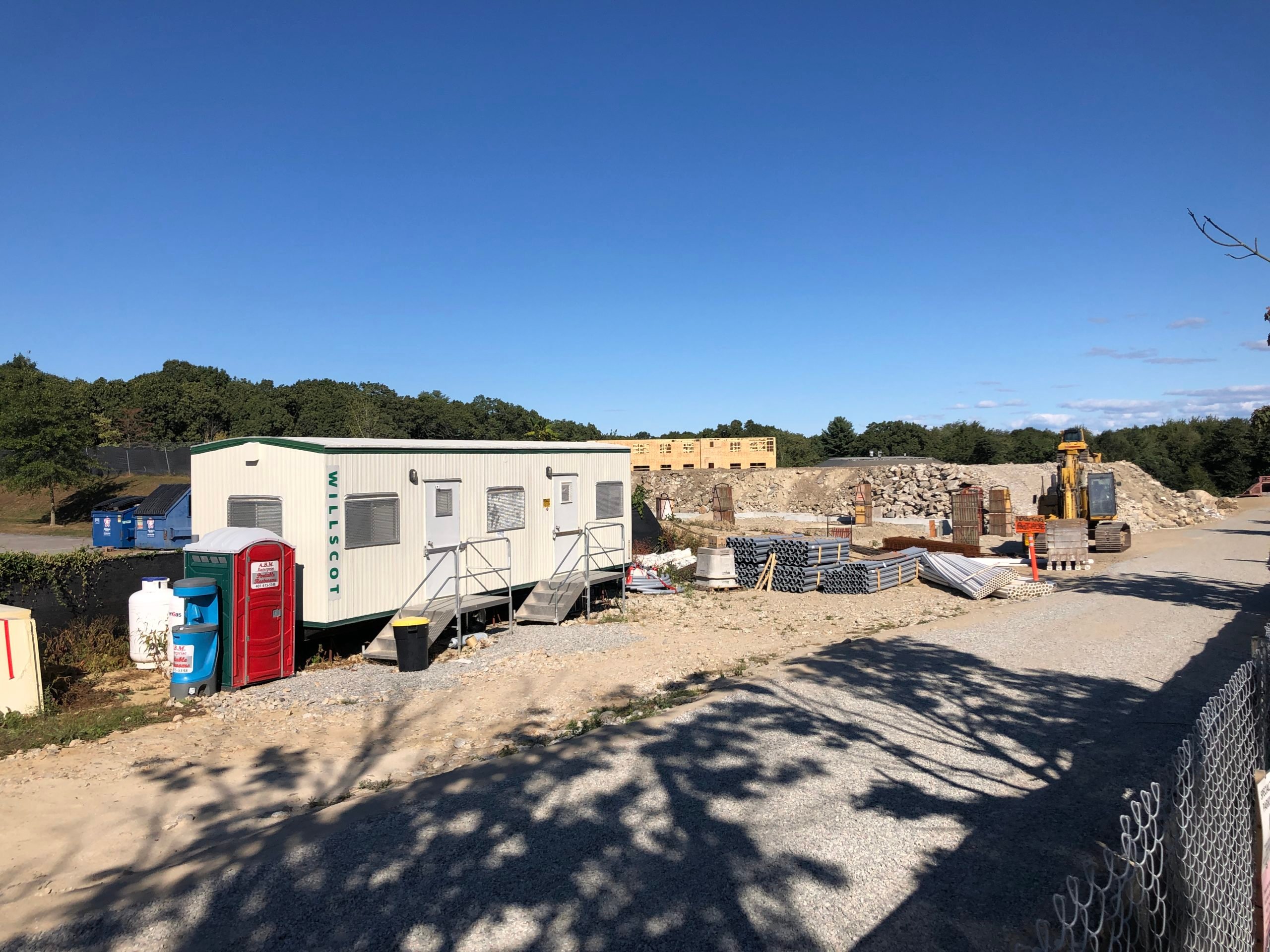But Town Council to consider trying to slow the pace of development
How can East Greenwich continue to welcome additional residents and increase its stock of affordable housing while maintaining town services and not overwhelming the school system? That was the crux of a discussion that started at last week’s Town Council meeting when the panel heard the Planning Board’s state-mandated annual report on affordable housing.
The report (find it here: 2020 EG Housing Report) offered some good news: if all the developments currently going through the town’s permitting process are built, East Greenwich would increase its percentage of affordable housing from the current 4.7 percent to 7.7 percent. By state law, all Rhode Island communities are mandated to have at least 10 percent of their housing stock deemed “affordable.” The state does not set a date for reaching that percentage, but until the town does, it could have to accept some developments that it does not want.
What does “affordable” mean?
Rhode Island’s official definition of “affordable housing” means residential housing with a sales price or rental amount that is within the means of a household of moderate income or less. For home ownership, that would mean, all in, that monthly costs would not exceed 30 percent of household income for a household with less than 120 percent of (in our case) Kent County median income. Find out more HERE.
Between July 2019 this past July, the Planning Board reviewed 10 development proposals, eight of which included affordable units. When completed, those eight would add 281 units to the town, 184 of them deed-restricted affordable. Five of the eight developments have received approval for their final plans, including the 96-unit, all-affordable Brookside Terrace development on South County Trail.
At the Sept. 14 Town Council meeting where the Planning Board delivered its report, Town Planner Lisa Bourbonnais pointed out that the council will have to keep track of older affordable units to make sure their restrictions (and status) don’t expire. She also noted developers remained busy in town, despite the coronavirus, partly due to remarkably low interest rates.
Part of the reason for the high number of affordable units being proposed is that the state allows developers to apply for what’s known as a “comprehensive permit.” The town already requires 20 percent affordable units in most developments. A comp permit rewards developers with an expedited approval process if they bump that up to 25 percent. So, if they propose units for an industrial site, say, they don’t need to apply for a zone change and appear before the Zoning Board and Town Council. Instead the entire process takes place before the Planning Board.
 Bourbonnais said the town did not adequately anticipate the large-scale projects being proposed of late (like Brookside Terrace and the potential Division Road plan calling for 400 housing units), partly because for many years – as the state struggled to come out of the Great Recession of 2008 – there was very little under development at all. Comp permit applications were few and far between.
Bourbonnais said the town did not adequately anticipate the large-scale projects being proposed of late (like Brookside Terrace and the potential Division Road plan calling for 400 housing units), partly because for many years – as the state struggled to come out of the Great Recession of 2008 – there was very little under development at all. Comp permit applications were few and far between.
Prior to the Sept. 14 meeting, Town Councilor Mike Donegan had asked Town Solicitor Andy Teitz to research the feasibility of a moratorium on development. At the meeting, Teitz said a moratorium wasn’t realistic, citing what he said would be inevitable legal challenges.
“[A moratorium] is not going to work for East Greenwich,” said Teitz. “It’s a hammer. It can only be used in certain circumstances or else it bounces back and hits you in the eye.” He said, however, that making significant progress toward the state affordable housing mandate would give the town greater leverage to contest select developments appealed to the State Housing Appeals Board (SHAB). SHAB almost always sides with developers if a municipality has not reached that 10 percent affordable mandate.
Teitz also noted the goal was for the town to be able to control development – not to prevent it – to give the town time to plan.
That ties into the difficulty in predicting how a particular development will affect the town, especially the school system, until buyers or tenants actually move in. At the meeting Monday, Town Manager Andrew Nota said he wanted to look at how housing development will affect town services in addition to schools, such as senior and human services.
The EG Planning Board is set to submit recommended amendments to the town’s Comprehensive Plan some time this fall.
Featured photo: Construction on the 96-unit Brookside Terrace is under way on So. Co. Trail, next to Ocean State Veterinary Specialists.






 Subscribe
Subscribe
And, will they be riding bicycles to work ? Almost 500 units. Between 500-1000 additional cars around the corner from each other.
Traffic is unbearable now. Just wait til these 2 projects are finished. We will be just like NYC. I think EG will rue the day it made this decision.
Bruce,
The Division Street proposal (plans of which can be found here: https://www.eastgreenwichri.com/DocumentCenter/View/3830/Division_20_0701-DSN-PreApplicationSubmission-PDF?bidId=) is similar to planned neighborhoods throughout the country, including one I lived in in Columbia, MD (a planned city of such neighborhoods just yesterday named the fifth best place to live in the US by Money Magazine). While it is easy to imagine cars lined up to leave the neighborhood at the same time every morning like a concert festival just getting out, on a practical level that is simply untrue. Many professionals (who thanks to student loan burdens rely on affordable housing) work from home or on flex schedules even prior to the pandemic. And while my commute to work in East Providence can be “unbearable” some days, that is of no blame on EG but really, geology.
Mr. Renninger,
The traffic is bad there now. Constant bumper to bumper. With more units, regardless of who works at home etc.
If even half the people come out it will be a mess. East Greenwich is overdeveloped as it is. People building on swampland and trying to fit in wherever, just to live in East Greenwich. I have lived here 78 years and the situation is
not better it is worse. Wish we were never “discovered”, which of course is happening as I see more out of state plates in town then ever.
Although I do have a concern about traffic most especially on division at route 4 and I95 on ramps. My main concern it is financial. Our property taxes are already high. The school system is over crowded as well as the teachers under paid. With all the new students we will need another school, more buses, more teachers, more firemen, more police officers etc. All this and other things WILL raise property taxes. Quality of education will go down. East Greenwich will lose some of its appeal. Then property values will suffer. The cost is to high and not fair. I worked 3 jobs, wife worked and we raise 4 children. We worked our butts of to earn our right to live in EG. Now we are approaching retirement and will have less because of this. This is the land of opportunity and everyone can work, go to school and do everything it takes to be successful. That is how you earn your right to pay for the opportunity to live in East Greenwich. I shouldn’t have to pay for it.